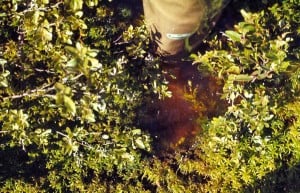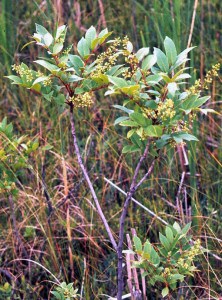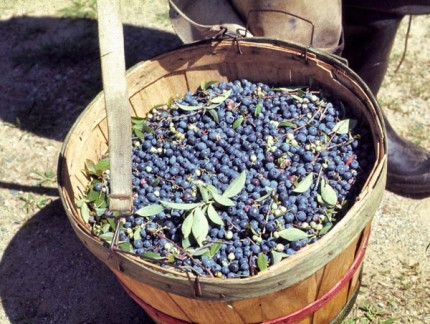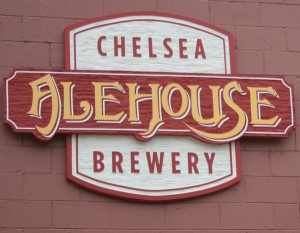

(Chelsea Update would like to thank Tom Hodgson and the Waterloo Natural Historical Society for the information and photos in this column.)
Many of the fruits and vegetables we enjoy today were brought to North America by the early settlers, or are still grown elsewhere in the world and shipped in.
One of the exceptions is the blueberry, which was here long before the first foreign visitors landed on our shores. Blueberries were highly prized by Native Americans and were eaten fresh or dried as a fruit source for winter use. Dried and ground blueberries were often an important ingredient of pemmican, a high-calorie winter food made from rendered animal fat and dried and ground meat.

There are two varieties of blueberry shrubs common in Michigan. The low-bush variety is more common further north and grows on fairly dry sites. It could also be called the “back-breaker blueberry” as one must stoop over to pick the fruit.
High-bush blueberry is a shrub of swamps and bogs. It grows 6- to 10-feet tall, making stooping to pick them unnecessary. Both varieties are often called “huckleberries.” However, huckleberry is an entirely different species whose fruits contain large crunchy seeds that make them much less desirable.
There are many “blueberry bogs” scattered throughout the Waterloo Recreation Area. They were originally small kettle lakes or ponds formed by blocks of ice left behind by the melting glacier. These areas gradually filled in and were transformed into bogs.

Though they no longer contain open water, they are still very wet. Pickers should come equipped either with old shoes and clothes they can afford to get wet, or hip boots. Poison sumac is also common in blueberry bogs, so being able to identify it is a must. The oil in the leaves and stems is similar to that found in poison ivy. It will cause an itchy rash in sensitive people that can last for a week or more.
Now with all the disclaimers out of the way, it’s time for fun. The blueberries are now ripe, and picking should be good for the next couple of weeks.
Thanks to the frequent rains we’ve had this summer, the berries are large, plump and juicy. This year, a morning of picking for a couple people could fill a 5-gallon pail. So what does one do with five gallons of free blueberries? Spread them out on a flat surface and remove any leaves, stems, sticks, unripe berries, etc. Do not, however, wash them until you are ready to eat them as storing them wet can promote mold.
To freeze them, spread them out on a cookie sheet and put them in the freezer. Once frozen, they can be poured into zip-lock bags and kept in the freezer until needed.
So where are these blueberry bogs? They are scattered throughout the park. Some are more accessible than others. One fairly accessible bog is located on the north side of Bush Road just east of the junction with McClure Road. There is an old gravel pit there with a small parking area at the side of the road. Walk back into the pit area. The bog is on the left or west of the pit.
A second reasonably accessible site is on the east side of Loveland Road, a 100 yards or so north of the entrance to the Sugarloaf Campgrounds. The best picking is closer to the east side away from the road. Remember, hip boots are recommended and being able to recognize poison sumac is very important. It is perfectly legal to pick edible fruits and berries on state land. So, happy hunting.














